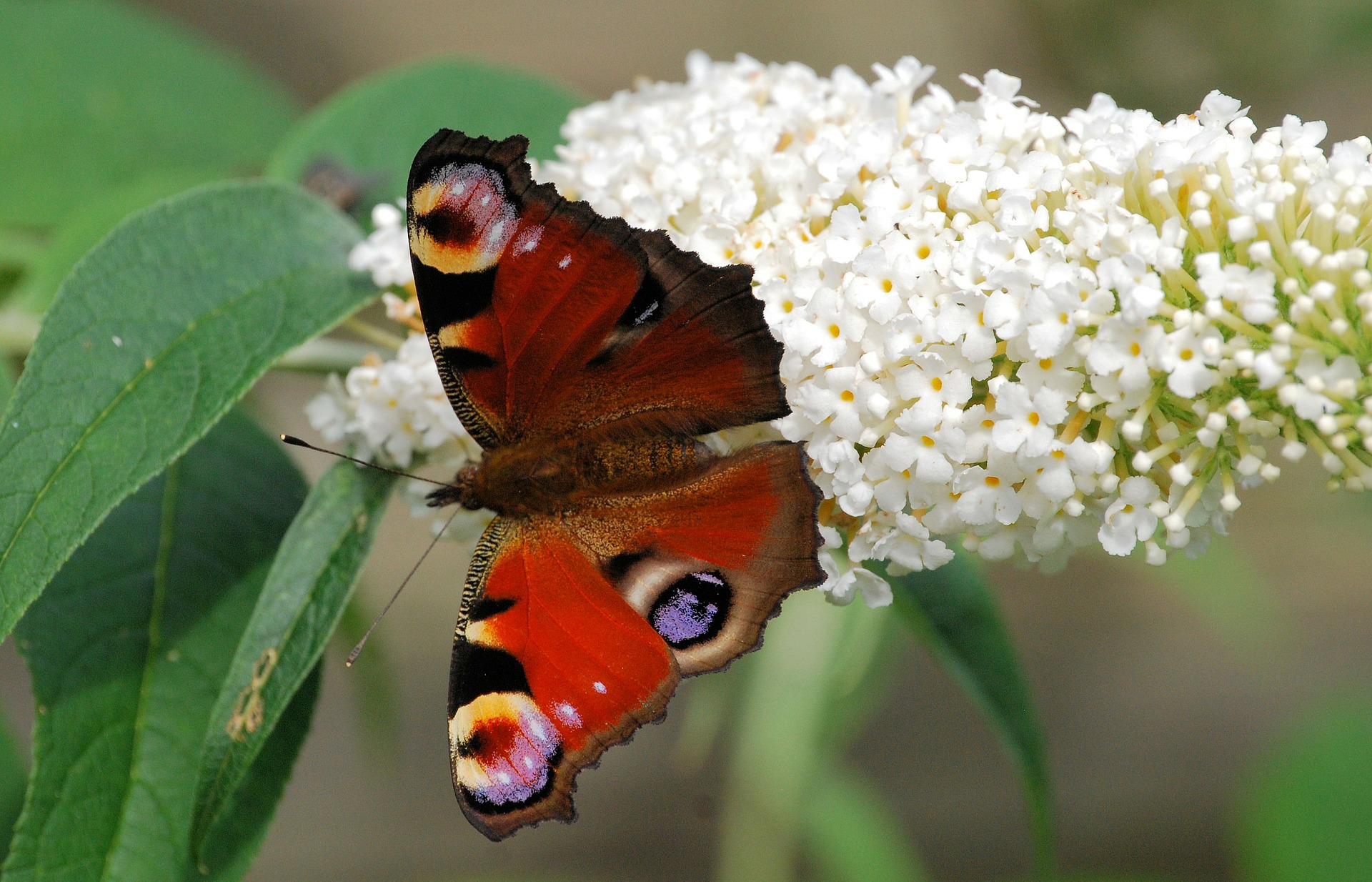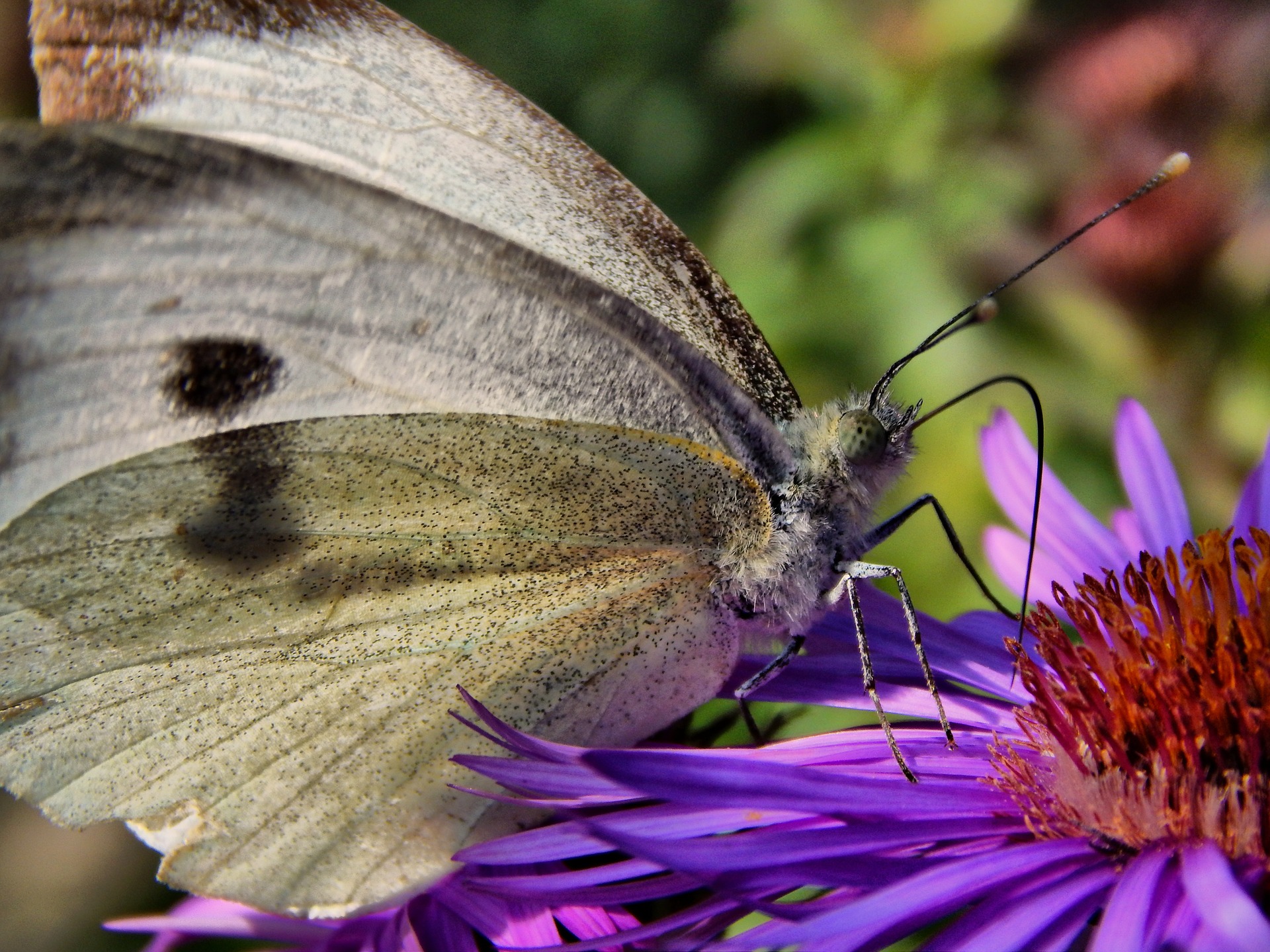We are becoming increasingly aware that pollinators are vital to both our flowers and vegetables. As such, there are organisations and charities that strive to raise awareness of the importance to care for different nectar-living insects. In recent years experts have seen a decline in numbers of butterflies and moths, so here at Preloved we want to educate our readers on the facts and share what plants are ideal to help out these fluttery insects.
Did you know…?
- According to a report released by Butterfly Conservation, 75% of British butterflies are in decline and many moths are also facing an uncertain future.
- Fluctuations in butterfly numbers are driven mostly by weather; 2015 was registered as one of the cooler than average seasons for butterflies. Cold, wet temperatures reduce the activity and development of many species which consequently affect their survival.
- They collectively provide a wide range of environmental benefits, including pollination and natural pest control. They are also a key element of food chain as they are prey for birds, bats and other insectivorous animals.
- They are the third most populace pollinator behind bees/wasps and flies. The world’s food supply depends on pollinators.
- They are an indicator species. They ell us about the health of our environment. They are very sensitive to changes in climate and pollution in the air and water.
- There are 56 butterfly species resident in Britain. Plus up to 30 others that come here as occasional or regular migrants from elsewhere in Europe.
- Most likely butterflies to be seen in your garden: Red Admiral, Peacock, Brimstone, Painted Lady, Comma, Green-veined White, Small Tortoiseshell, Small Cabbage White and Large Cabbage White.
 What can you do?
What can you do?
While numbers go up weather-dependant, the survival of butterflies depends on the quality of their habitat, and that is where we come into play. Did you know that a well thought-out garden can attract up to 18 species of butterfly?
- When planning your garden for wildlife, bear in mind that butterflies like sunny, sheltered spots when planting nectar plants.
- Choose different plants to cater to a wider variety of species. Place same types of plants together in blocks.
- Don’t just plan for spring, butterflies need nectar all through the summer until autumn. Remember that by deadheading you will prolong the flowering season of your plants, and make sure they are well-watered.
- Avoid insecticides as they not only kill butterflies but other important creepy crawlers such as ladybirds, spiders and ground beetles.
- Leave fallen fruit under fruit trees – red admiral and painted lady feed of the juices in over-ripe pears, plums and apples.
- Choose some plants that let off fragrance at night, these will provide nectar for nocturnal moths.
- Cater for caterpillars as well. They will need the food source in order to become a pretty butterfly!
- Place some flat stones in a sunny location so the butterflies can take a break while warming up.
 Best plants to include in your garden
Best plants to include in your garden
Although annuals are pretty flowers, they rarely produce the amount of nectar butterflies require to thrive, therefore the best plants and flowers to invest in are herbaceous perennials, biennials or shrubs. It has been observed that a high proportion of butterflies tend to favour blue, purple, white or yellow flowers.
What these plants have in common is that are a good source of nectar, they have deeper flowers so insects with long tongues can access them, and they have a lot of flowers; meaning that once the butterfly finds the plant it will easily find lots of food.
- Buddleia
- Lavender
- Verbena Bonariensis
- Daises
- Sedum Spectabile
Earlier varieties to dot around your garden are:
- Forget-me-not
- Bluebell
- Primrose
- Aubrieta
- Wallflower
- Blackthorn
- Willow
- Violets
Some plants you can have in the garden to feed the caterpillars:
- Thistle
- Mixed grasses
- Brassicas
- Holly
- Ivy
- Crucifers
For more information on how to get help or how to care for these plants, you can visit the Butterfly Conservation or RHS websites.